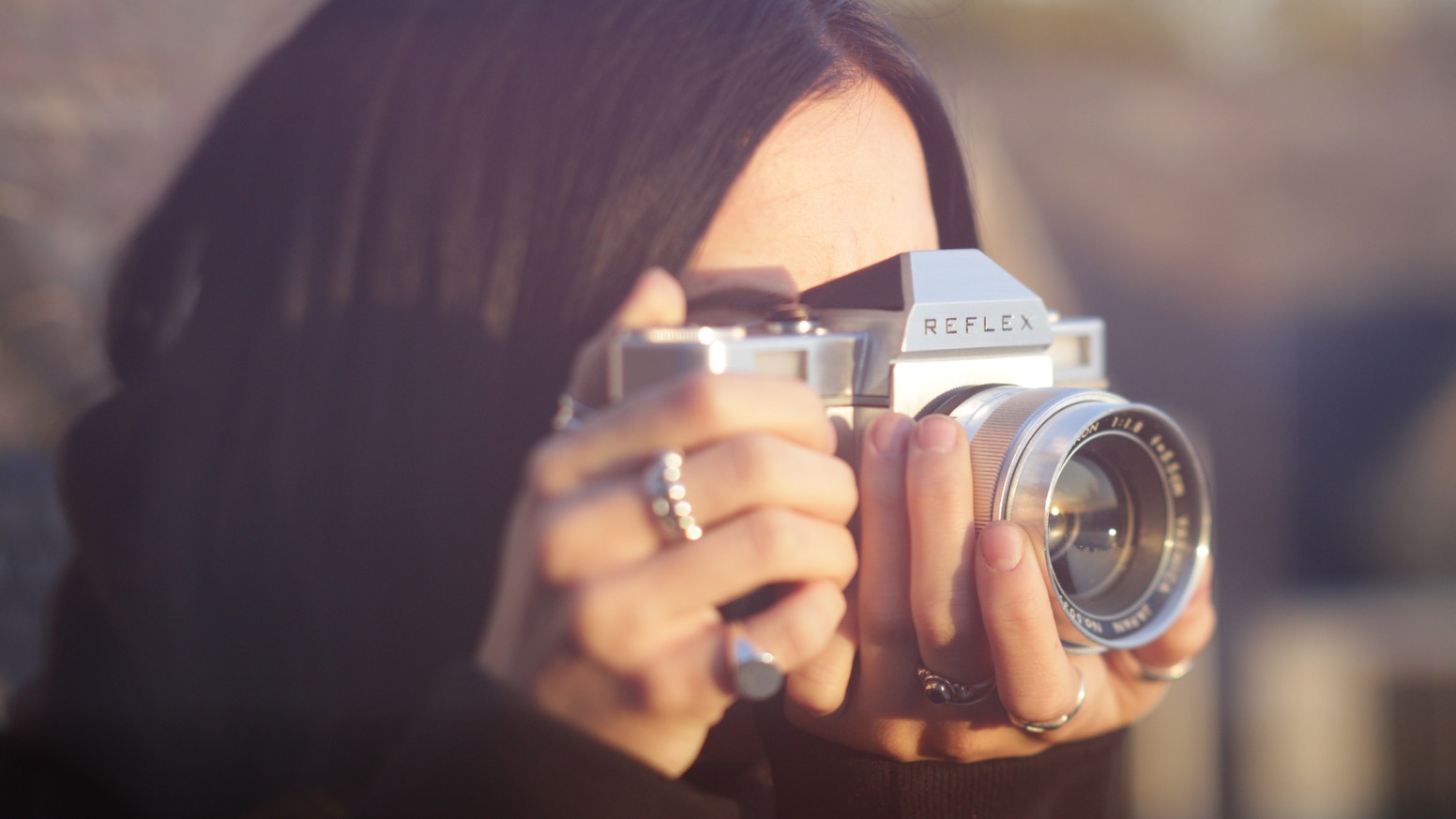
Cameras – The Advancements from Analogue to Digital
Cameras have notably advanced over time, from the early pinhole cameras to box cameras, to those which print out photographs in an instant, and now those capable of producing digital images. Some of these technologies are explored below.
First Stills Camera
In 1816, Nicéphore Niépce used a pinhole camera and a piece of paper coated with silver chloride to produce the first partially successful photograph. He discovered how it darkened when exposed to light. Sadly, this photograph does not survive today. About 16 years prior to this, Thomas Wedgwood had attempted unsuccessfully to capture permanent images. The stills camera would then further develop into a box camera, which although invented by Nicéphore Niépce in 1820, would not appear on the market in France until 1870. Polaroid cameras capable, by using a special film, of printing out the pictures in a few seconds became the alternative, printing black and white photographs in 1948, then colour in 1972. Pocket Instamatic cameras, which took a 110 cartridge rather than a film, would follow from Kodak in 1972.
SLR Camera
The SLR (Single-Lens Reflex) camera was invented in 1861 by Thomas Sutton, who was also a photography author, who ran his photograph company in Jersey with Louis Désiré Blanquart-Evrard. The advantage of the SLR camera was that, using a mirror and prism system, it allowed its photographer to view through its lens and see exactly what was being captured. The term “reflex” comes from the idea of the mirror’s reflection.
Digital Cameras
It was in 1975 that a Kodak engineer, Steve Sasson, invented the first digital camera. He built it from leftover parts lying around the Kodak factory. It took 23 seconds to capture just one image. A rival to Kodak, Fujifilm, introduced, in 1988, the first completely digital camera that was capable of saving data to a semiconductor memory. Combining SLR technology and digital technology together, it was Nikon who were to release the first of the electronic cameras of this type, with the introduction of their model QV-1000C to the camera market.
First Movie Camera
The first attempt at a movie camera was made by French scientist Étienne-Jules Marey, who invented the chronophotographic gun in 1882, which could shoot 12 images every second. It was a little later in 1888 that the first movie camera might have been born. Many might say that Louis Le Prince should be credited with the discovery, having built a single-lens camera, and then used it to make a short silent movie featuring people walking within a garden space. Roundhay Garden Scene does still exist. Instead, though, and officially it seems, the credit goes to William Kennedy Dickson, who was a Scottish inventor employed by Thomas Edison. He would initially use 19mm film before deciding on the 35mm format that cameras use today. He settled on the 1:33:1 picture ratio that has become the stand format for use in cinemas.
Mobile Phone Cameras
Further advancements in relation to miniaturisation and app technology have extended the use of digital cameras into mobile phones. Selfies are possible, just as self-portraits were possible on larger cameras by using their self-timer functions. Prior to self-timer functions having time delays, a lead was connected to the camera that allowed the photographer to press the shutter from a distance to take the photograph of himself among of group of other willing subjects.
One of the disadvantages of mobile phone cameras has been their lack of zoom capabilities to capture distant views. This has in part being address by additional lenses which can now be attached to mobile phones.
The main advantage of using mobile phones to take photos is that they can then be quickly and easily sent by email or attached to posts on social media platforms. Less and less pictures taken today can strictly be termed photographs because they are merely being stored in a digital format, in phone memories, or on memory cards and sticks.
To conclude, despite the advancements made, photographers still need to choose between the immediacy achieved from a camera’s portability and the final quality desired from its image. It all depends on whether the photograph is intended for temporary exposure as part of a social media post or to be professionally published for payment. It is only currently the larger more sophisticated and expensive, high resolution cameras, that can produce images capable of being blown up in size without them losing quality and becoming blurred. For instance, where images are increased in size for calendars or high-end glossy magazines. Something else to note is that photographs are only as good as the quality of the printer which prints them out. This is subject to another technology, which would result in a whole new article.

